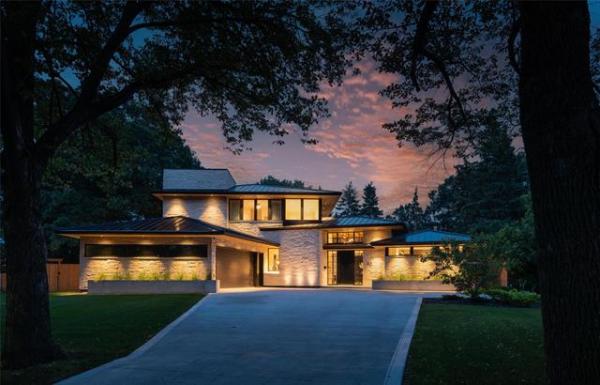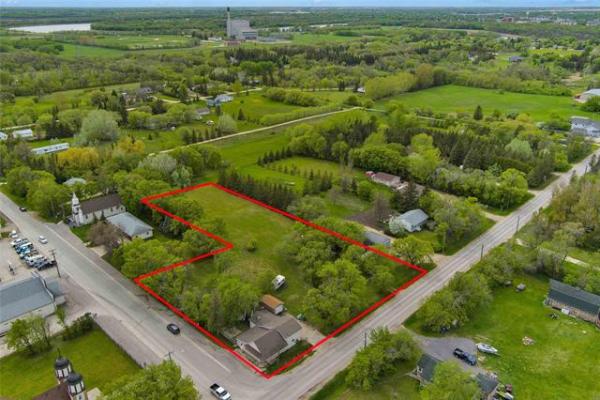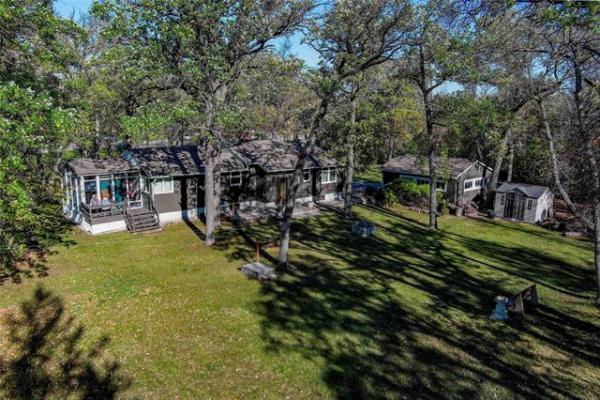QUESTION: I am hoping you can point us in the right direction. My husband and I took possession of our new home in September 2005. Our homebuilder, per their "code," framed, insulated and placed vapour barrier in our basement.
We are now in the process of finishing our basement and had our contractor come in this last winter. He removed the vapour barrier and insulation at points along three different walls and exposed a significant frost and ice buildup on the foundation wall. Some places it is nearly an inch-and-a-half thick. Some of the insulation is also stuck to the concrete! My husband and I could not believe what we were seeing.
Our contractor suggested that this occurrence may be common in our area with all the new homes going up so quickly. He says that the concrete isn't fully dry when insulation and vapour barrier go up.
Our contractor does not want to move forward with the basement renovation while it's in this condition. He has suggested we start from scratch. That will involve removing the vapour barrier, insulation and framing and allowing the walls to defrost, dry and then reframe and use spray-foam insulation before continuing with construction. This is going to cost us at least $4,000.
The sheer volume of frost buildup would most certainly cause significant moisture buildup and eventually mould. This would open the door to a whole host of other problems down the road.
Should we be following up with our homebuilder, National Home Warranty, or is this problem something that we, as homeowners, have to deal with because this is done to homebuilder code? We appreciate you taking the time to read our email. -- Steven and Veena Snowdon
ANSWER: The issue you are seeing in your basement is indeed a very common problem with newly built homes in our area. It appears that your contractor has a good grasp on the cause of the problem and a very practical solution. I will explain the phenomenon occurring and hopefully shed light on your situation in regards to responsibility of repairs.
What is occurring behind the insulated walls in your basement is partially due to the moisture in the concrete, as your contractor has stated, and partially due to moisture from the home itself. Newly poured concrete may be set enough to do its job of carrying the load of the house after only a few days, but it takes quite a long time to fully cure.
During the curing process, moisture evaporates from the fresh concrete. In a typical house foundation wall, this can only occur in two areas. Since damp-proofing is applied to the foundation exterior below grade, shortly after removing the forms, this area will be well sealed and not able to dry. That leaves only the exterior foundation above grade and the interior to "breathe." If the interior foundation walls are left uncovered for a year or two, this process should occur naturally, but that is the main nature of the problem.
For energy efficiency reasons, local building officials require that basement walls are fully insulated before possession of a new home. Because of that, I would not waste time with new-home warranty claims, as they would almost certainly be denied.
While the builder is partially correct about the local "codes" being complied with in regards to insulating of basements, they still did not do a proper job. The installation of an insulation and air/vapour barrier can trap a significant amount of moisture behind the wall assembly due to the freshness of the concrete. This is often compounded by the fact that most basements are insulated near the end of the construction process, usually near the same time as the basement floor slab is being poured and the house is being taped and painted. All of those items add a huge amount of water vapour to the indoor air in the home, often reaching the point of saturation. This moisture may even condense on the cooler foundation walls during the process, essentially insulating and sealing the area over a wet wall.
Surprisingly, while insulation of this area is mandatory, a properly sealed and caulked air/vapour barrier is not strictly enforced, as it is in other areas of the home. The builders are allowed, for some unknown reason, to loosely staple the six-mil polyethylene sheathing to the studs and floor joists without caulking the edges with acoustical sealant, as in the rest of the house.
The good news is that a properly sealed wall assembly would only make the moisture problem worse, at least initially. The poor air sealing of the air/vapour barrier and gaps at the top and bottom may allow some moist air intrusion from the home, but will also allow some of the trapped moisture to escape from behind the insulation. This is particularly important when the ground thaws outside your home in the spring, melting the frost that you have observed. If the wall were caulked at the bottom and sealed at the top, this melted frost would have even more difficulty escaping the wall assembly, increasing the possibility of mould growth.
Your contractor is right on the money when he suggests removing all the poorly installed poly and insulation and allowing the foundation walls and trapped moisture to dry before finishing the basement. If the studs are not mouldy or moisture-damaged, they may be OK, or may require only a treatment with a fungicide before reinsulating. Since your home is now a few years old, drying may take only a season or two before the area is ready to redo. This is particularly the case if the walls are left open in the warm months when basement windows are used for ventilation or air conditioning is turned on.
The final piece of the puzzle is properly air-sealing the new wall assembly, which can be difficult, particularly between the floor joists at the top. Again, your contractor's suggestion of using high-density, blown-in polyurethane insulation in this area -- or, better yet, for the entire wall assembly -- will eliminate the possibility of future moisture problems from indoor air and moisture leakage into the wall cavity.
Ari Marantz is the owner of Trained Eye Home Inspection Ltd. and president of the Canadian Association of Home & Property Inspectors-Manitoba (www.cahpi.mb.ca). Questions can be emailed to the address below. Ari can be reached at (204) 291-5358 or check out his website at www.trainedeye.ca
trainedeye@iname.com



